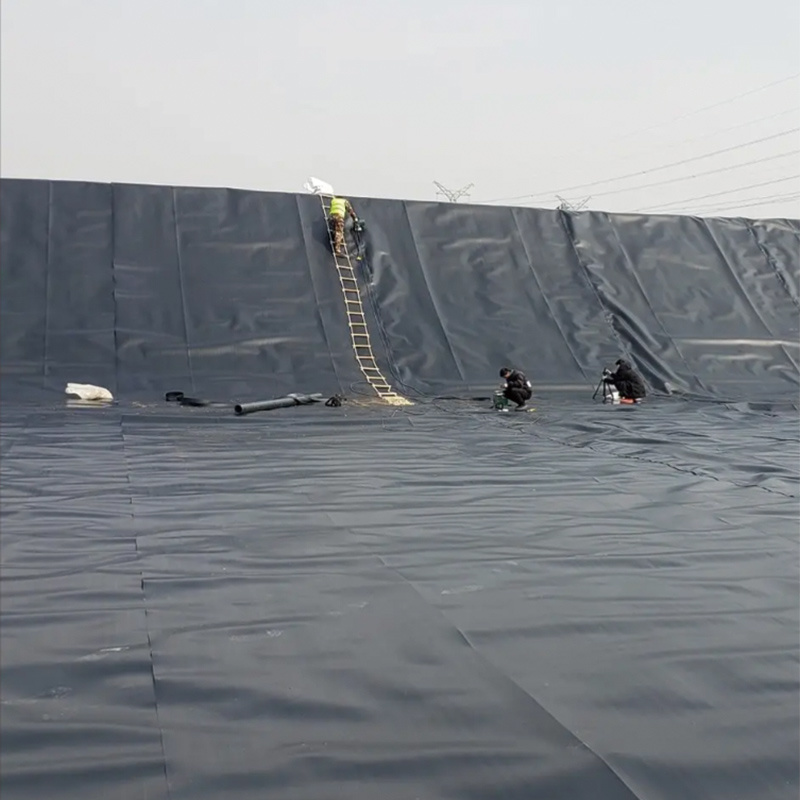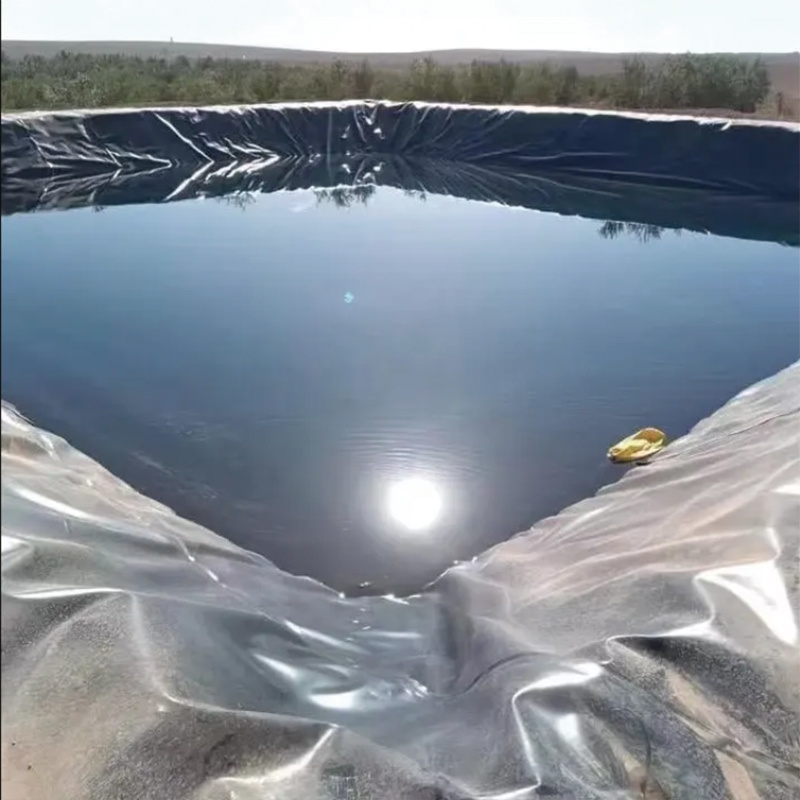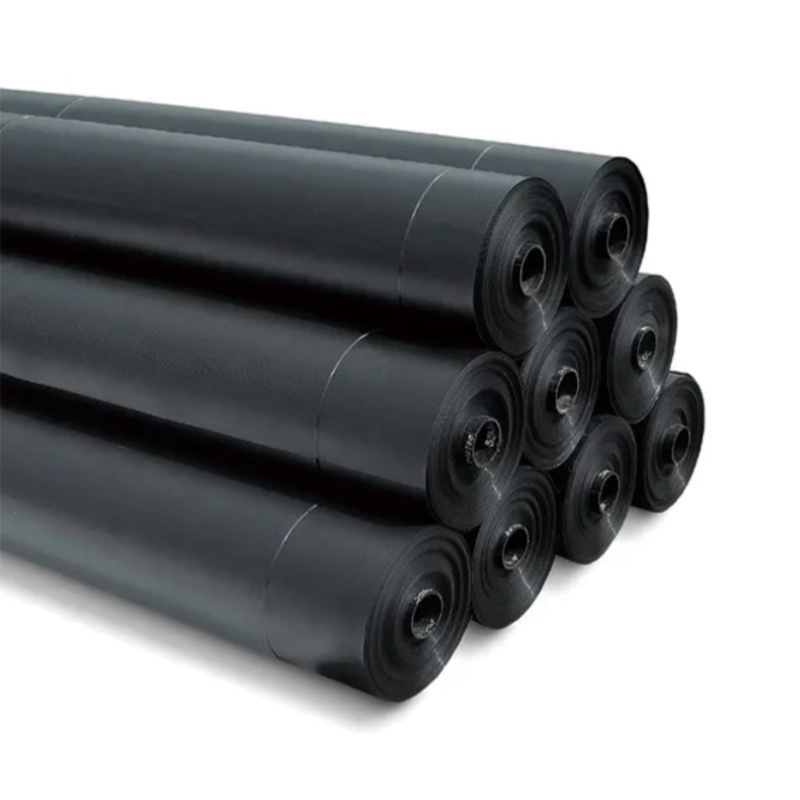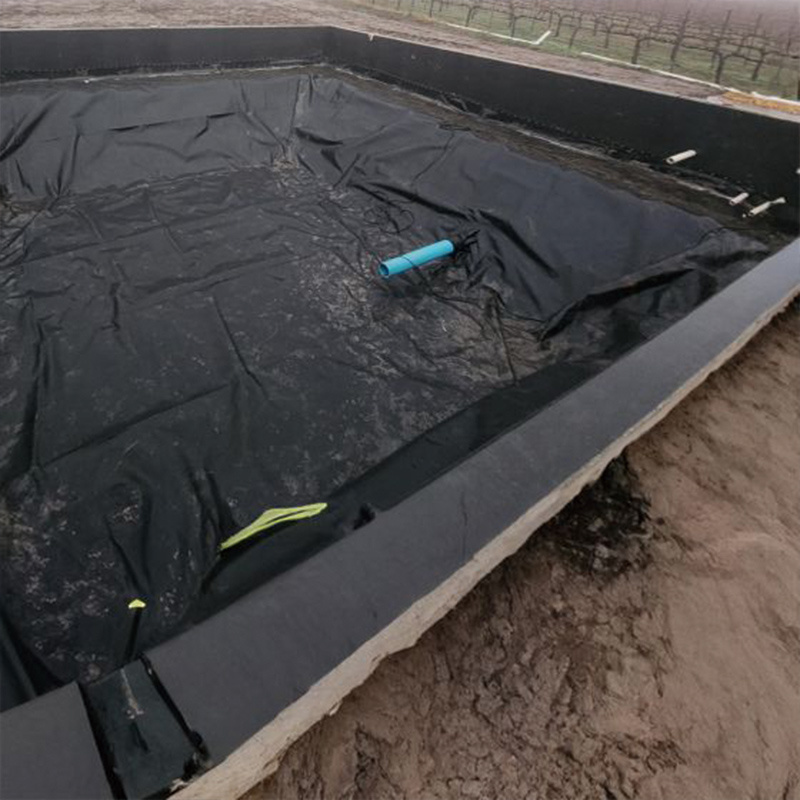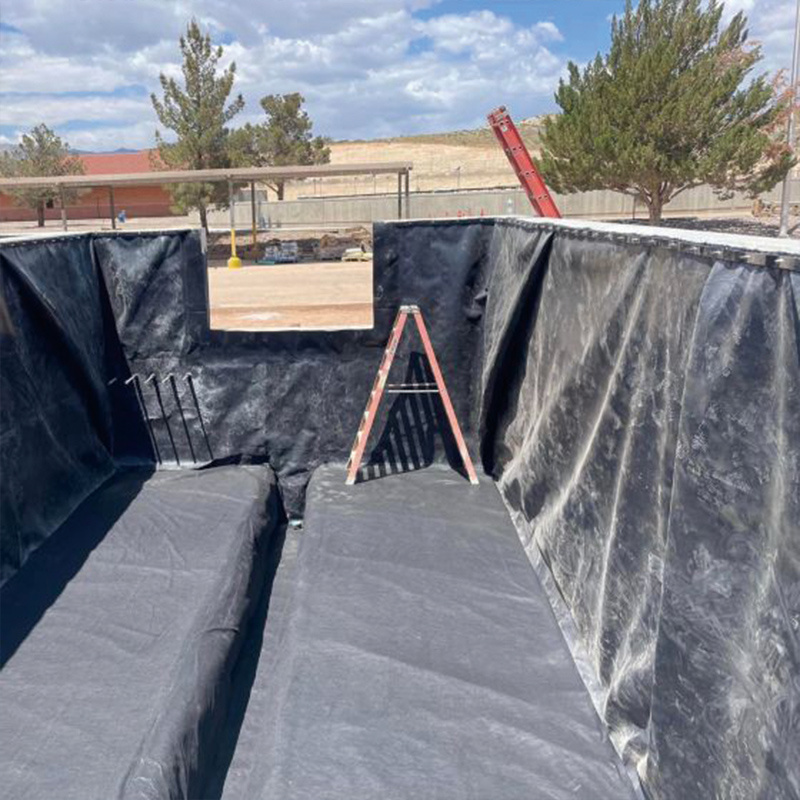Products
Contact Us
Tel:+86-13345113241(Flora Li)
WeChat:+86-133-4511-3241
WhatsApp:+86-133-4511-3241
Email:sales@clgreenhousefilm.com
Email:liflora426@gmail.com
Factory Address: Zhuliang Plastics Industrial Park, Gaoliu Town, Qingzhou City, Shandong Province
Jinan Foreign Trade Sales Address: Unit 2, Building 7, Shanggan Xintiandi, Industrial South Road, Jinan City
Geomembrane
Advantages of Choosing Shengzhan: Years of experience in the geotechnical materials industry, factory direct, quality assurance. Factory direct, quality assurance, full qualifications, sufficient inventory, customized support, fast delivery.
Keywords:
Details Description
Geomembranes are essential synthetic materials in modern construction and environmental protection. Composed of polymers like HDPE, LDPE, PVC, or EPDM, these continuous, flexible membranes serve as highly effective low - permeability barriers. Their core function is to prevent the seepage of liquids and gases, making them crucial for applications such as landfill liners to contain waste, reservoir and canal liners to conserve water, and mining tailings dams to manage hazardous materials.
Geomembranes stand out for their durability, chemical resistance, and ability to adapt to irregular terrains. With customizable thickness, width, and material properties, they offer versatile solutions across various industries, from agriculture to energy. By providing reliable containment and protection, geomembranes play a vital role in safeguarding the environment and ensuring the long - term integrity of civil engineering projects.
Here's the information about Geomembranes organized in Excel format. You can download the table below or use the structured data for your needs:
1. Key Specifications & Materials
|
Category |
Details |
|
Materials |
HDPE, LDPE, PVC, EPDM, LLDPE, PP (Polypropylene) |
|
Thickness Range |
0.5 mm – 3.0 mm (customizable) |
|
Width Range |
4 – 8 meters per roll (length up to 100 meters) |
|
Color Options |
Black (UV-resistant), white (reflective), custom colors |
|
Tensile Strength |
HDPE: 25–35 MPa; PVC: 15–25 MPa (varies by material and thickness) |
2. Core Features & Applications
|
Core Features |
Primary Applications |
|
High impermeability (low permeability) |
- Landfill liners & covers |
|
Chemical resistance (acids, alkalis) |
- Mining tailings dams |
|
UV & oxidation resistance |
- Reservoir & canal liners |
|
Flexibility & puncture resistance |
- Aquaculture pond liners |
|
Durability (10–50+ years lifespan) |
- Solar pond liners |
3. Installation & Quality Control
|
Installation Steps |
Quality Control Methods |
|
1. Subgrade preparation (smooth, debris-free) |
- Vacuum testing for seam leaks |
|
2. Seaming (thermal welding / adhesive) |
- Spark testing for membrane integrity |
|
3. Anchorage (soil, concrete, fasteners) |
- Tensile testing of materials |
|
4. Surface protection (geotextile overlay) |
- Thickness measurement (ASTM D7994) |
4. Advantages & Limitations
|
Advantages |
Limitations |
|
- Cost-effective long-term solution |
- Temperature sensitivity (brittleness in cold, expansion in heat) |
|
- Reduces environmental contamination |
- Vulnerable to mechanical damage (punctures during installation) |
|
- Customizable for project needs |
- Seam reliability depends on installation expertise |
|
- Lightweight & easy to transport |
- Requires regular inspection for UV degradation |
5. Industry Standards & Certifications
|
Standard |
Organization |
Scope |
|
ASTM D7994 |
ASTM International |
Geomembrane thickness testing |
|
GRI GM13 |
Geosynthetic Research Institute (GRI) |
HDPE geomembranes for landfill applications |
|
ISO 10318 |
ISO |
Geosynthetics for waste containment |
|
EN 13967 |
CEN |
Polyethylene geomembranes for civil engineering |
Geomembrane Uses
Used in various seepage prevention projects, including landscaping projects, agriculture, and aquaculture
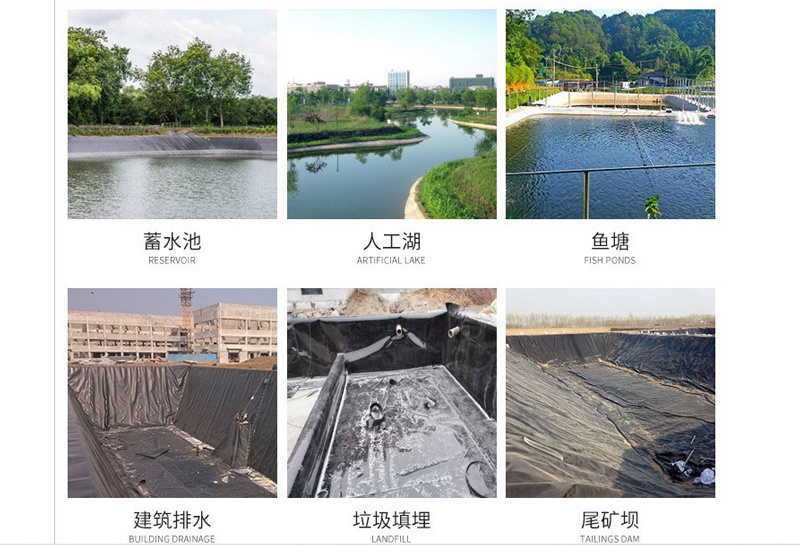
Land Film Application
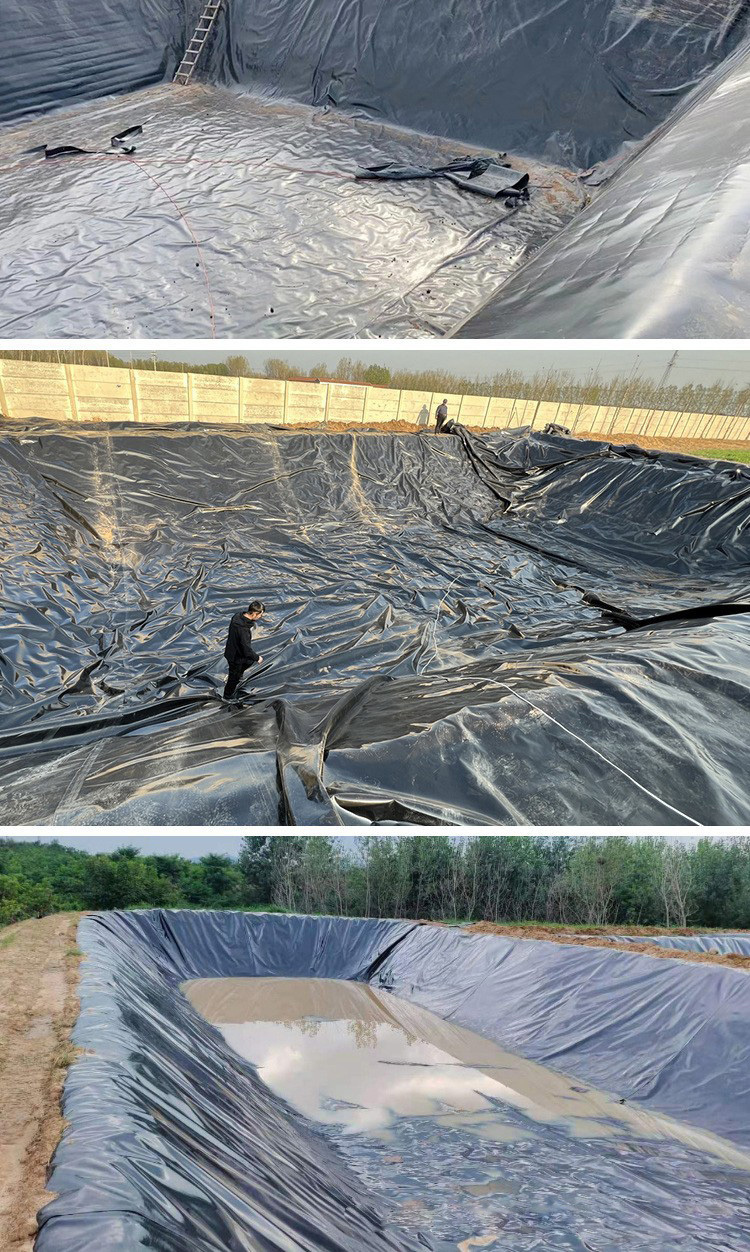
Inventory Display
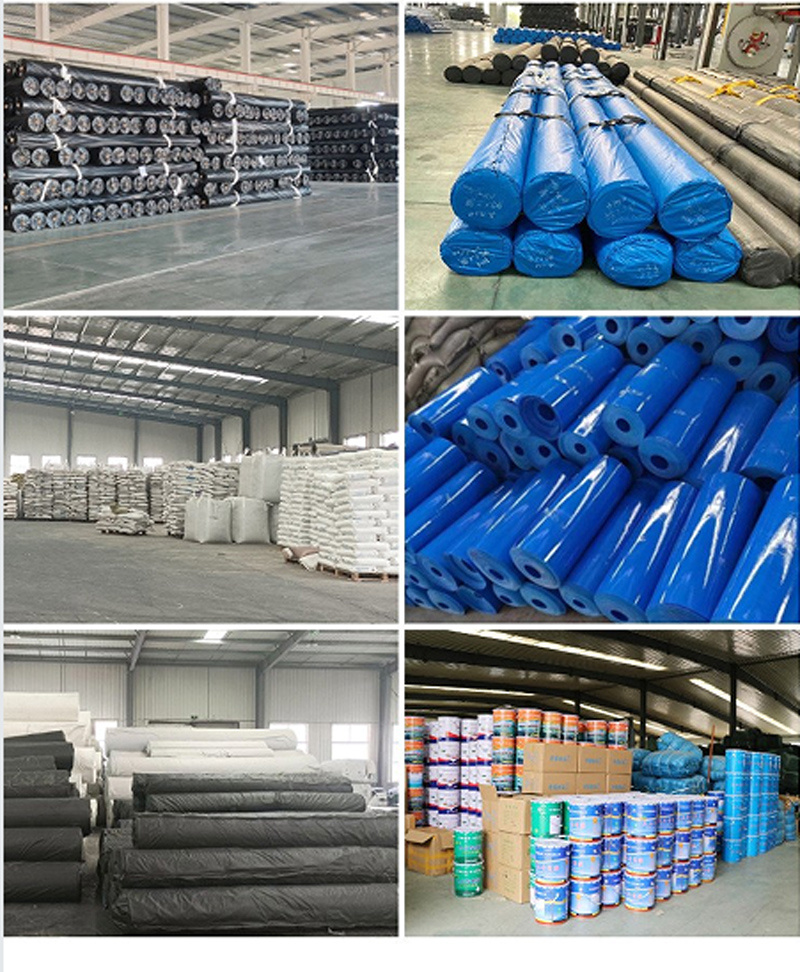
Get a free quote
Please fill in your contact information and your needs, and we will arrange a professional to contact you!
Agricultural Technology
Sorry, the content is being organized, please browse other information first!
FAQ
Q
Are you a manufacturer?
A
Yes, we are a agricultural film manufacturer in China, covering an area of 7,000 square meters with a daily output of 50 tons.
Q
What information should I provide to get an accurate quotation?
A
Option 1: Dimensions, thickness, width, and length and specification;
Option 2: Functional requirements, such as anti-fog, anti-drip, light conversion, diffused light, etc.;
Option 3: What plants are the greenhouses used for?
Option 4: In which country or region will it be used? Please provide a detailed description of the climate conditions at the site of use, including temperature, precipitation, etc?
Option 5: The service life (lifespan) you require for the product.
Q
Can your products be used in areas with strong UV radiation?
A
Yes, our products are very popular in the Xinjiang market of China, where there are 13 hours of sunlight during the day.
Q
What is your production capacity?
A
We produce 50 tons per day, approximately 1,100 to 1,500 tons per month.
Q
Are you willing to provide samples?
A
We provide samples for free, but the customer needs to pay the express delivery fee.
Q
Do you inspect the finished products?
A
Yes, the company has professional testing instruments and a testing department. Quality inspection is carried out for each production step and the finished products before delivery.
Q
Can your products be used in areas with frequent acid rain?
A
Yes, our products can also be well applied in acid rain areas, such as Yunnan, Sichuan, Guizhou, etc.
Q
What is your delivery time?
A
Our delivery time is about 10 to 20 days.
Q
What is your minimum order quantity (MOQ)?
A
Our minimum order quantity is 1 ton.







